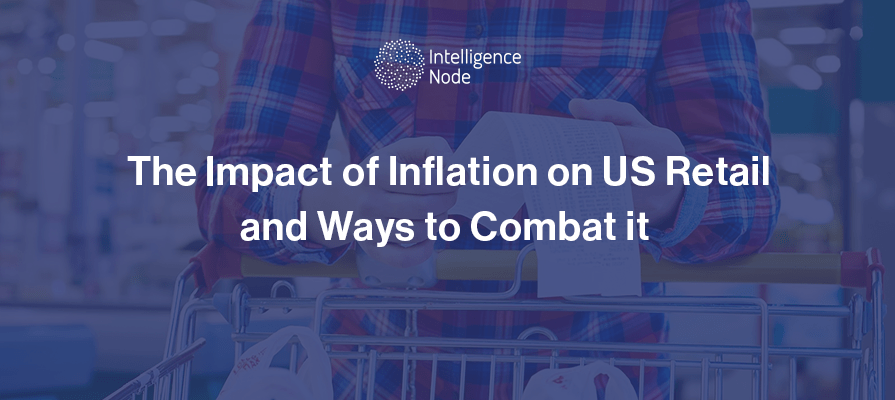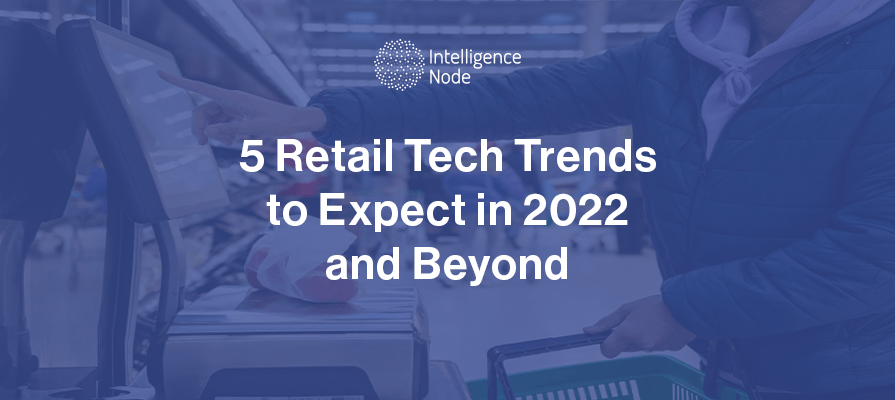Retail Sustainability has become an increasingly critical concern for businesses in the 21st century as consumers, especially the younger generations, are becoming more conscious of issues such as pollution and climate change. They now recognize that the retail industry is a significant contributor to greenhouse gas emissions, waste, and resource depletion, and thus there is growing pressure on retailers to address these issues. Today, it has become mainstream for Gen Z and Millennials to seek out brands that boast sustainable practices and carry environment-friendly product alternatives. Conversely, these groups are not afraid to make headlines to call out and boycott brands that cause wide-scale avoidable environmental harm, or attempt “greenwashing” to manipulate consumers, by speaking out online and at climate conferences and protests worldwide.
While sustainable products have been slow to gain traction in the market over the past decade, as Gen Z and Millennials embrace their newfound purchasing power, there are a greater number of shoppers opting for sustainable alternatives wherever available. Some young shoppers are even willing to pay a premium for products that align with their values- an insight that clashes even with overall retail trends of American consumers cutting costs and budgets amid economic uncertainty, layoffs, and inflation. This is a massive opportunity for retailers worldwide to begin strategizing for a green-led future for the next generation of shoppers.
This article reiterates the importance of green initiatives in retail and seeks to assess the modern consumer’s perspective on several aspects of sustainable consumption. Sourced from Intelligence Node’s consumer survey of 1000 US shoppers, the data below studies the impact of 2023 market shifts and how they differ among various income brackets, age groups, genders, and more for a clearer understanding of the retail sustainability.
Also read about : Consumer Buying Behavior Report, 2023 with responses from over 1000 US shoppers
Sustainable Fashion is Shaping the Future
For years, ‘Fast fashion’ brands and marketplaces such as H&M, Zara, Shien, and more have been under fire for wasteful, polluting practices, greenwashing, and unethical production processes. However, many shoppers continued to flock to these stores for their hyper-affordable and trendy offerings, even neglecting in-store sustainable options for their higher price tag. While there is still a large section of people (32%) that are unsure if they wish to seek out sustainable fashion specifically, as Gen Z enters the workforce, this is set to change. According to our survey, 1 out of 3 shoppers will prioritize sustainability in fashion for the year ahead. Further, this trend was observed most evidently among people under the age of 45 (Gen Z and Millennials). This group is likelier to increase their consumption of eco-friendly fashion or even shop exclusively for it, leaning away from fast fashion and towards cleaner alternatives. Many also perceive sustainable fashion and handmade (as opposed to mass-produced) clothing to be of higher quality, owing to the materials used and their impact on durability. The price tag of the item is thus countered by the perceived long-term value for the consumer, as opposed to the hyper-affordable nylon-threaded counterparts sold en masse by major retailers.
Specifically, over a third of respondents with incomes in the range of 150k-200k were seen to be most willing to increase consumption of sustainable fashion. This is another clear indicator of purchasing power at work, especially in the wake of a possible recession as overall spending decrease among households.
Green Initiatives in the World of Retail
In the realm of retail at large, we observed that 1 out of 2 shoppers is willing to pay a premium for sustainable brands across industries. An impressive 40% claimed they were willing to spend up to 4-5% above the average price of a given product to buy a greener alternative of the same. Further still, an additional 15% of shoppers are even willing to pay a 10%+ premium to support sustainable retail. Gen-Z and Millennials are spearheading this effort as it was observed that shoppers between the ages of 25-44 are most willing to spend a substantially higher price than the other demographics on greener retail, and select green alternatives of products overall.
This generation is also predominantly digital in their approach and often expects the liberty to select carbon-neutral shipping options, plastic-free packaging, and have an acute knowledge of best practices in the sustainability space, thus avoiding brands who do not comply with the basics of environmentally friendly operations. Younger shoppers are also far more likely to read and consider product data such as nutritional information and BOP text as influential factors in the decision-making process. This awareness of market trends and practices has greatly influenced the success of young, newly established DTC brands and startups in the sustainability space, yet another factor pushing major brands to revamp their strategy to align with climate change concerns of young shoppers. This hyper-aware set of consumers is setting the tone for retail in years to come- and retailers are grasping at the opportunity to create loyal shoppers out of the next generation.
Building a Foolproof Eco-friendly Retail Strategy
Retailers can work towards sustainability by adopting greener business practices, such as using renewable energy sources, altering packaging, and recycling excess waste. Retailers can also work with suppliers to ensure that their products are sustainable, such as sourcing materials from sustainable sources and using environmentally friendly production processes. This can also attract and retain customers who value sustainability, leading to increased sales and customer loyalty among younger shoppers.
As budgets tighten and shoppers are less willing to spend on non-essential commodities, effective merchandising, assortment, and pricing strategies can be largely beneficial to retailers looking to stay competitive among these groups. Observing market trends, purchasing data, and competitor activity is essential to maintain relevancy in modern retail, and empowers retailers to take effective strategic decisions for their brands and customers. Today, in oversaturated and highly competitive industries, it is critical to abandon antiquated methods of data analytics and address these challenges in retail with state-of-the-art software solutions crafted for the age of eCommerce: with unmatched accuracy, efficiency, and in real-time. To observe the scope of modern AI solutions for your brand, and how to push your sustainable offerings to the top of the digital shelf, book a demo with Intelligence Node today.
Interesting Read : Macy’s vs Kohl’s - Market Comparison Between Two Premier Retail Giants




